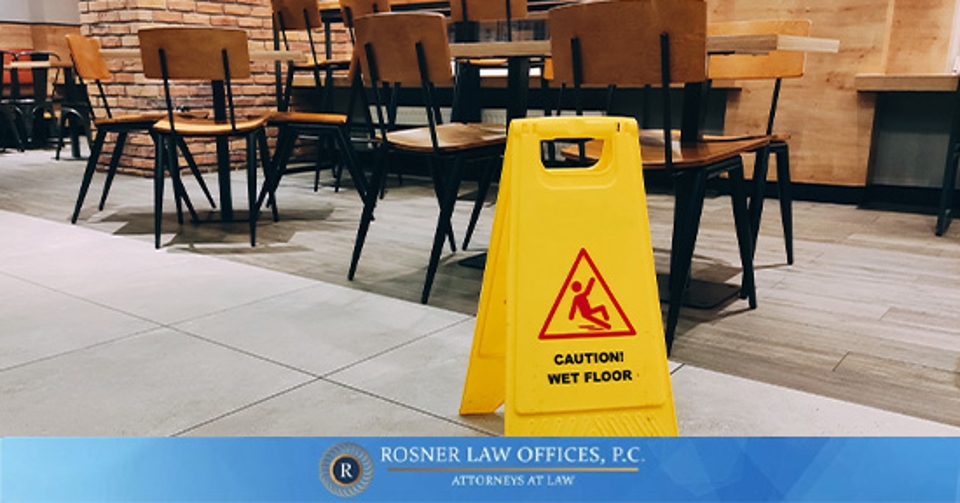A faster, less exhausting and more convenient alternative to plain old staircases, escalators have seen rapid adoption throughout the world. If you need to rush, are carrying heavy luggage or simply cannot muster the energy to use the stairs, an escalator speedily moves you from one level to the next. Yet, since its invention late in the 19th century, the structure of the escalator has barely changed. For all its benefits, the escalator is a dangerous machine when things go wrong.
The Juliana Valdez Incident
A 2013 incident at Macy’s Westfield Garden State Plaza Mall in Paramus, Bergen County captures the nightmarish scene an escalator can create. Juliana Valdez, a 10 year old girl, had accompanied her mother for shopping. They got onto an old escalator to move to an upper level. As Juliana approached the top of the escalator, her foot became stuck in a stair and her leg was eventually pulled in up to mid-calf.
As she screamed for help, a passer-by pressed the emergency stop button. By this time, the steel comb at the elevator’s top had torn off tissue from the girl’s leg and she had lost a lot of blood. Bystanders and emergency responders required nearly an hour to free her leg. While Juliana survived, she lost two toes, went through more than twenty surgeries to prevent amputation, experienced kidney failure, and required skin and muscle grafting. She was initially hospitalized for 3 months and had to undergo physical therapy in the years that followed.
Her family sued both Macy’s and the escalator manufacturer ThyssenKrupp. They argued that not only was the escalator poorly serviced but that Macy’s had failed to repair or replace it despite knowing that the model had a design flaw that posed a risk to persons wearing rubber shoes. Macy’s eventually paid a $15million settlement.
Ever-Present Danger
Escalator landings call for dicey entry and exit maneuvers especially for the elderly, children and first time users. The stairs can trap all kinds of items including shoelaces, clothing and even body parts. Children have lost fingers, adults have suffered fractures and some patrons have even been strangled when their clothing was trapped. According to the Consumer Product Safety Commission (CPSC) and the Bureau of Labor Statistics, more than 15,000 people are injured and 30 killed in escalator and elevator accidents in the United States each year.
Built-in Safety Measures
Escalator manufacturers have developed a wide range of safety measures to reduce the risk of serious accidents. These include automatic sprinklers for dousing fire, stop buttons if the escalator needs to be halted instantly, and deflector brushes. Still, the basic mechanism of the escalator remains which means occasional accidents are inevitable. Given that the market is effectively an oligopoly (dominated by Kone, ThyssenKrupp, Schindler and Otis), some have even argued that manufacturers are complacent and have not gone far enough
Accident Causes
The causes for escalator accidents range from a patron’s recklessness to manufacturing defects. The nature of the claim you file depends on the reason for the accident. If a mechanical failure leads to injury, the premises owner will be liable since they are expected to ensure the escalator is regularly checked and serviced. As the Juliana Valdez accident shows, aging escalators can be a significant hazard.
In the case of a factory defect, it would be best to file a claim against the escalator’s maker. If an accident was partly your fault, you may still file a claim and obtain some compensation reach out to an experienced New Jersey escalator accident lawyer. The compensation will however be reduced based on the extent to which the court rules you were responsible.





